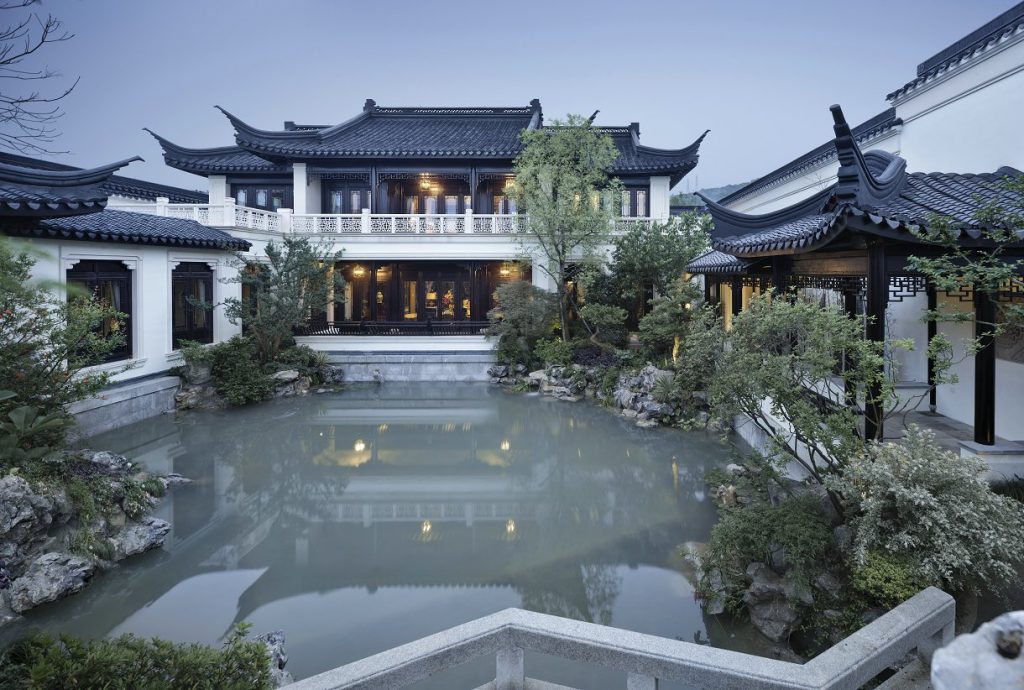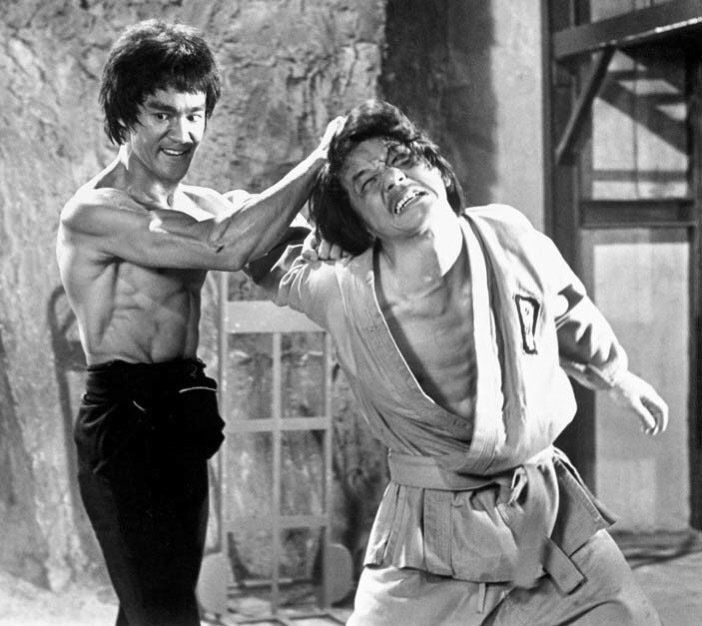Hello, my name is Valery Prosvirov, Headmaster and owner of the Golden Dragon Martial Arts Club (Kung Fu, Tai Chi, Chi Gong, Chin Na) located in Los Angeles, California.
Jiddu Krishnamurti once said: “To do what you want – a real slavery, but to do what is necessary – this is true freedom.” These words of wisdom can be difficult to comprehend in the world of today with all of it’s materialism and need for immediate gratification. It’s easy to get confused between what we want and what we need. Satisfying need requires effort, whereas in satisfying desires we look for the easiest means to the end: in other words laziness.
We complicate our lives by storing too much useless information and leaving little room for useful knowledge that can help us to grow. We’re always on the go, waking early, working late and not having enough time for the important parts of life. Neglecting to spend time with loved ones while rationalizing that making money for them somehow justifies the lack of time spent with them. They are not happy and neither are you. You dream that one day all of your efforts will pay off and you’ll be a hero!

Achieving balance should be the goal of one’s life. To live at the extremes in hopes that one day this will bring balance is how life ends with regrets; of promises unfulfilled.
But let’s assume for a moment that one can achieve balance by extremes, allocating all of your time to work, neglecting loved ones for the promise of getting rich. Ok so now you’re rich, how do you repair relationships with your children who grew up without you? A spouse who no longer remembers why she fell in love you. What about the great balance?
Remember that while the sun is over your head, there is darkness over someone else’s. Doesn’t everybody deserve to enjoy the sun? And seriously, have you ever truly thought about the expression – “I’ll do what I want.” How that sounds? You will eat what you want, sleep when you want … will not think about the money, but simply buy a new car when the old one runs out of gas. You will be thinking more about yourself than about others. Maybe as a counter balance you’ll take some yoga classes and meditate the mantra, “I’m not a selfish person, I’m not a selfish person…wow that was easy!” Or maybe instead of the pursuit of money for money’s sake, you will be creative and useful to others, you will become “usefully creative”. Maybe invent a new car, think Tesla…why not? A valiant pursuit, but … and there is always an unpleasant BUT! It is constantly telling us that with any worthy cause, most of the time spent is devoted to things that we do not want to do. Maybe 20% will go into creativity, while the remainder of the time is spent in annoying routine: negotiations, agreements, signatures, approvals, accounting, control to name a few of the mundane tasks one must perform to run a successful business.
As you know, there is no sky without clouds, and life without worries, there is only a different approach to it. Contrary to popular belief, embracing the clouds and the worries help us to do what is necessary.
But, the expression “I want” and the attitude behind it causes us big problems. The sooner we understand this the faster we can adjust our attitudes from laziness to effort. If you understand that all worthy endeavors require effort, then you start out with the proper mindset and create better opportunities for accomplishing goals.

As a master and teacher with more than 40 years of experience, I can say with absolute certainty that there is no better weapon against laziness than martial arts. Laziness is an insidious enemy that has many faces. Look around and you’ll see a lot of seemingly intelligent people in very bad physical shape. They always say that they are not lazy, just very busy. There are others, physically overdeveloped but uneducated; with them the same story, they have no time to read books. These are just two examples out of too many to count.
Many “modern” people posses a laziness that is huge and unrestrained. One cannot gain victory over it by immersing him/herself in fad fitness regimens or fancy combative sports.
These things provide short-term occupation in one place and the illusion of development in another. And wherever there is illusion there is laziness and ignorance, it is a rule that has existed as long as humans have walked the earth.
So how do we combat this illusion and find balance? How do we tell people that are working out hard at the gym or running a half marathon or behind their desks ten hours per day that they are not developing themselves or to the contrary, actually regressing; eating only one part of the meal while ignoring the rest?
The answer is by utilizing a fully integrated system, one that was developed and perfected centuries ago which affects all of the most important parts of a person: morality, intelligence, spirit and body. These integral parts should be developed together, following a single law – the law of The Way of the perfect man. To many people these words might sound pompous, however, there is very deep meaning to them and only by looking deep beneath the surface will there be understanding of them . The main goal of martial arts is so much more than just the ability to kick high or punch fast, it is self improvement!
The traditional Chinese martial arts that I practice and teach is a perfect system for every human being. It is not about belts and awards that feed the ego, it is about evolving to a higher self and therefore, an understanding of life’s bigger issues.
It is an evolutionary practice to achieving balance and perspective.
